On April 8, 2024, a total solar eclipse will cross North America, passing over Mexico, United States and Canada. Many people across the United States will fall under the path of this rare solar eclipse, and depending on their location, some may witness a total solar eclipse. Eye safety is very important when viewing a solar eclipse. Without safe viewing and appropriate eye protection, permanent eye damage can occur. Follow these solar eclipse eye safety tips from our experts.
What will I see during the eclipse?
During a total eclipse, the sun will gradually disappear behind the moon and then reappear. The sky will darken as if it were dawn or dusk, and the sun’s outer “corona” will be visible at this time. Depending on your location, you may see only a partial eclipse, which is when the moon covers a portion of the sun. You can see exactly when the eclipse will begin in your area on the NASA website.
How can the eye be damaged by viewing a solar eclipse?
The lenses in your eyes act like a magnifying glass, one that is five times more powerful than a handheld magnifier. Think about how you can use that typical handheld magnifier to focus the sun to burn holes in paper. That’s what happens when you look at the sun without appropriate eye protection. You focus the sun’s light on the retina, burning holes in light-sensitive photoreceptor cells, five times faster. Once retina tissue is destroyed, it cannot regenerate, and permanent central vision loss occurs.
Do I need special equipment to view an eclipse?
Yes! Watching a solar eclipse without proper eye protection can cause vision loss and even blindness.
There is a common misconception that watching a total eclipse without eye protection is safe once the moon fully covers the sun. However, this phase typically lasts only 1 to 3 minutes depending on where you are, and as the moon shifts, bright sunlight can swiftly return. Even a brief glance at the sun during an eclipse can result in temporary or permanent damage to the retina.
How to protect your eyes during an eclipse
- Anyone planning to view the eclipse should wear a pair of solar viewing glasses or handheld solar viewers that contain solar filters. Always supervise children using solar viewing glasses or viewers with solar filters.
- Using protective eyewear will allow observers to look directly at the sun during the eclipse. Sunglasses should not be used in place of solar viewing glasses – they will not protect your eyes from damage. Homemade filters are also not safe to use to look at the sun.
- Always inspect your solar filter before you use it – if it is scratched or damaged in any way, do not use it.
- Do not look at a partially eclipsed sun through an unfiltered camera, binoculars or telescope – even if you are wearing solar viewing glasses. A special filter is required to view without damage to your eyes.
- Remember – no matter where you are to observe the eclipse, looking directly at the sun, especially when it is partially covered by the moon, can cause serious eye damage or even blindness.
What to do if your child experiences vision loss after viewing an eclipse
If your child experiences vision loss after viewing a solar eclipse you should seek immediate attention from an ophthalmologist, a specialized eye doctor adept at identifying signs of solar burns on the retina. Diagnosis may involve clinical assessment or diagnostic tools like optical coherence tomography, a noninvasive imaging method capable of detecting solar-related retinal damage. Currently, observation is the primary course of action, as there is no definitive treatment. In some cases, partial vision recovery may occur over time.
 https://riseandshine.childrensnational.org/wp-content/uploads/2025/03/kids-party-feature.jpg
300
400
Rise and Shine
https://riseandshine.childrensnational.org/wp-content/uploads/2017/11/childrens_riseandshine_logo.jpg
Rise and Shine2025-03-24 16:37:472025-03-24 16:40:16The truth about measles parties: Why vaccination is always the safer choice
https://riseandshine.childrensnational.org/wp-content/uploads/2025/03/kids-party-feature.jpg
300
400
Rise and Shine
https://riseandshine.childrensnational.org/wp-content/uploads/2017/11/childrens_riseandshine_logo.jpg
Rise and Shine2025-03-24 16:37:472025-03-24 16:40:16The truth about measles parties: Why vaccination is always the safer choice


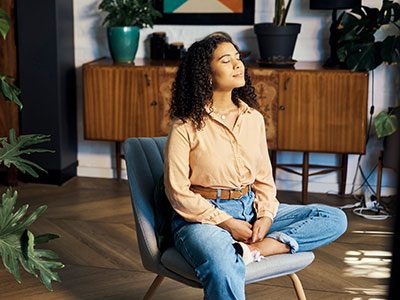

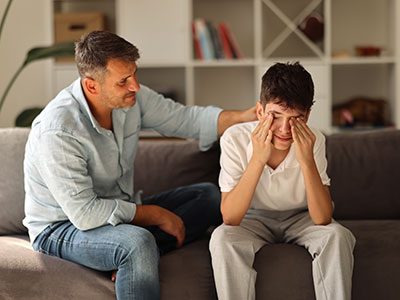


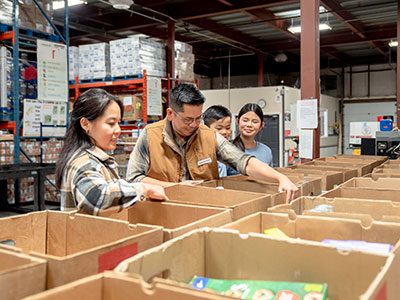
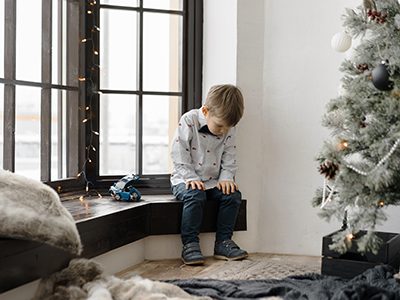
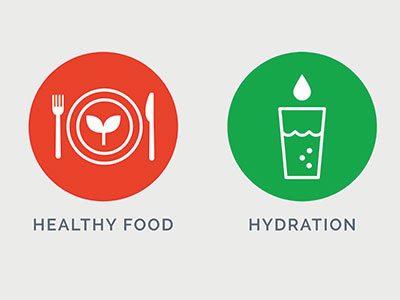


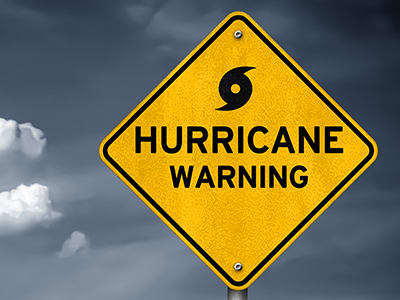
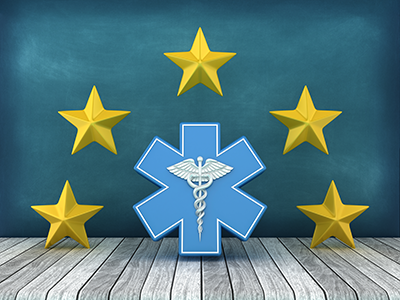

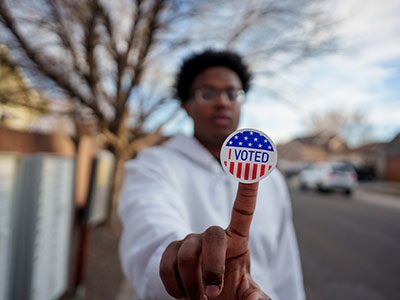
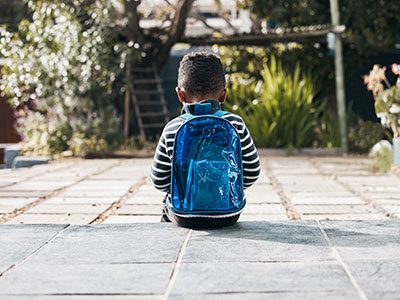
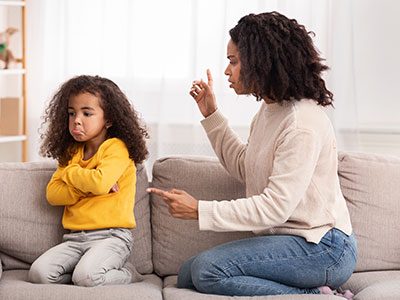


Leave a Comment
Want to join the discussion?Feel free to contribute!